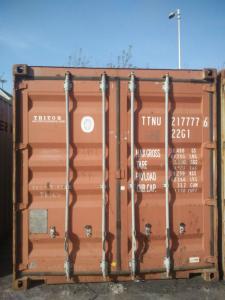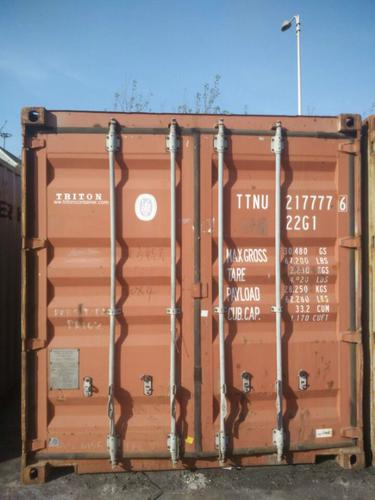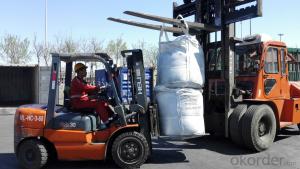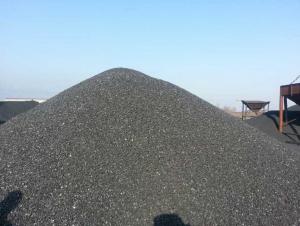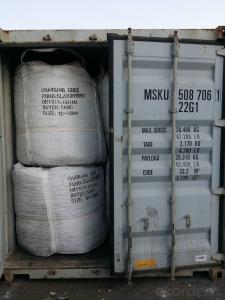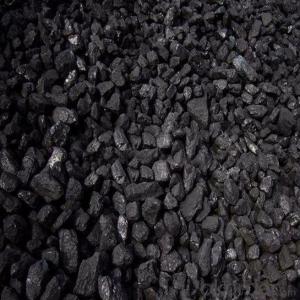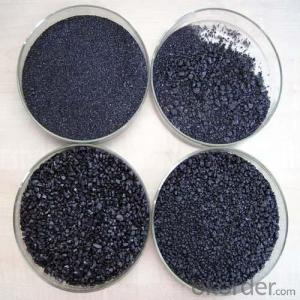S0.5% Recarburizer with fixed caron 95% for steel making
- Loading Port:
- Tianjin
- Payment Terms:
- TT OR LC
- Min Order Qty:
- 20 m.t.
- Supply Capability:
- 1000 m.t./month
OKorder Service Pledge
OKorder Financial Service
You Might Also Like
Specification
Introduction:
Calcined anthracite can be called carbon additive, carbon raiser, recarburizer, injection coke, charging coke, gas calcined anthracite.
Best quality Anthracite as raw materials through high temperature calcined at over 2000℃ by the DC electric calciner with results in eliminating the moisture and volatile matter from Anthracite efficiently, improving the density and the electric conductivity and strengthening the mechanical strength and anti-oxidation. It has good characteristics with low ash, low resistivity, low sulphur, high carbon and high density. It is the best material for high quality carbon products. It is used as carbon additive in steel industry or fuel.
Features:
G-High Calcined Anthracite is produced when Anthracite is calcined under the temperature of 1240°C in vertical shaft furnaces. G-High Calcined Anthracite is mainly used in electric steel ovens, water filtering, rust removal in shipbuilding and production of carbon material.
Specifications:
F.C.% | 95MIN | 94MIN | 93MIN | 92MIN | 90MIN | 85MIN | 84MIN |
ASH % | 4MAX | 5MAX | 6 MAX | 6.5MAX | 8.5MAX | 12MAX | 13MAX |
V.M.% | 1 MAX | 1MAX | 1.0MAX | 1.5MAX | 1.5MAX | 3 MAX | 3 MAX |
SULFUR % | 0.3MAX | 0.3MAX | 0.3MAX | 0.35MAX | 0.35MAX | 0.5MAX | 0.5MAX |
MOISTURE % | 0.5MAX | 0.5MAX | 0.5MAX | 0.5MAX | 0.5MAX | 1MAX | 1MAX |
Pictures
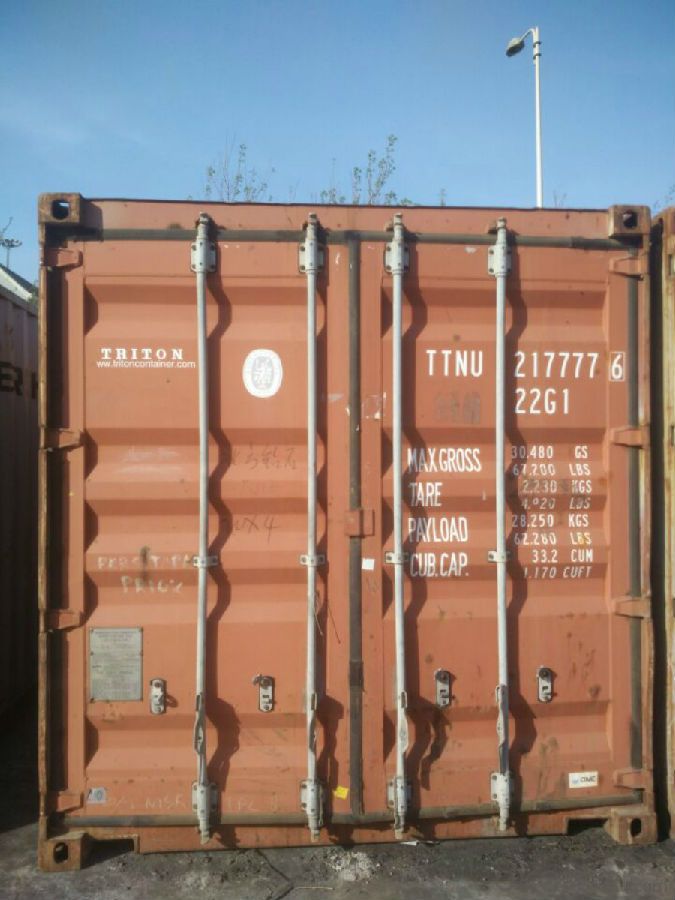
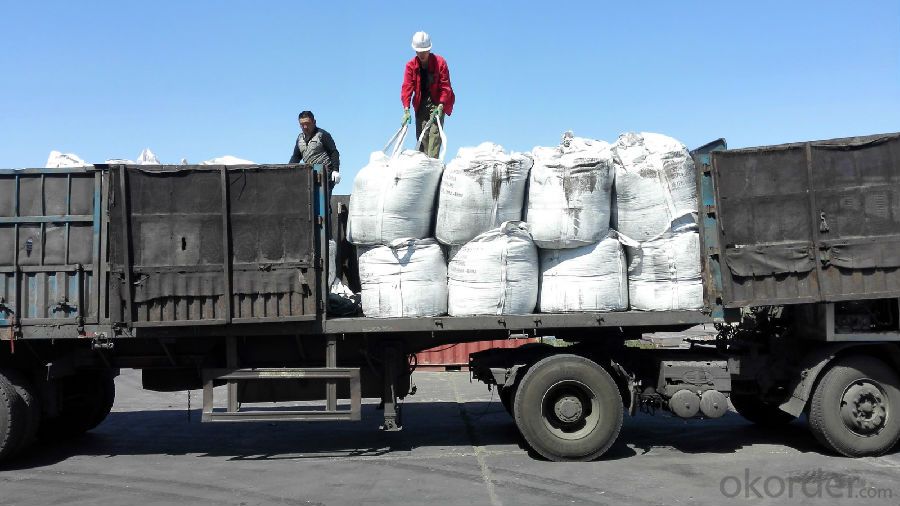
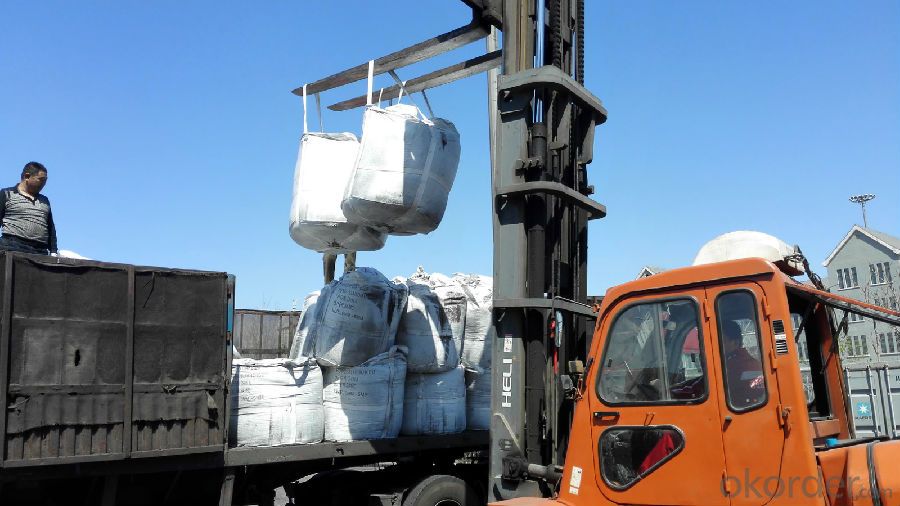
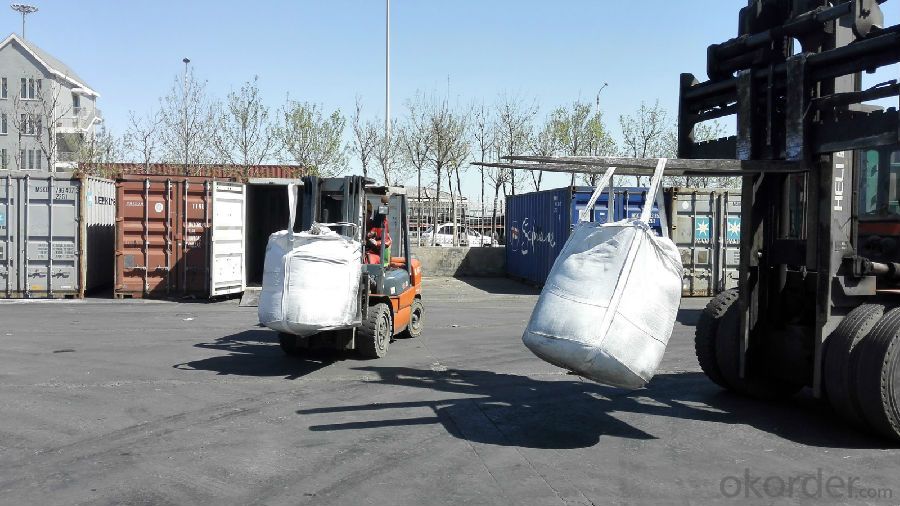
FAQ:
Packing:
(1). Waterproof jumbo bags: 800kgs~1100kgs/ bag according to different grain sizes;
(2). Waterproof PP woven bags / Paper bags: 5kg / 7.5kg / 12.5kg / 20kg / 25kg / 30kg / 50kg small bags;
(3). Small bags into jumbo bags: waterproof PP woven bags / paper bags in 800kg ~1100kg jumbo bags.
Payment terms
20% down payment and 80% against copy of B/L.
Workable LC at sight,
- Q: How is carbon used in the production of diamonds?
- The production of diamonds relies heavily on carbon, which is the primary component that constructs the diamond's structure. Deep within the Earth's mantle, where there are extreme levels of heat and pressure, carbon atoms bond together in a distinctive crystal lattice formation, giving birth to diamonds. This natural process, called carbon crystallization, takes place over an extensive period of millions of years. To create synthetic diamonds, scientists recreate these intense conditions in a laboratory. They employ high-pressure, high-temperature (HPHT) machines to subject a tiny piece of carbon, like graphite, to immense pressure and heat. This simulation imitates the natural process that occurs in the Earth's mantle, allowing the carbon atoms to rearrange themselves and transform into diamonds. An alternative method, known as chemical vapor deposition (CVD), involves the controlled use of a hydrocarbon gas, such as methane, in a specific environment. The gas is introduced into a chamber and heated, causing the carbon atoms to separate from the hydrogen atoms. These carbon atoms then settle on a substrate, like a diamond seed, and gradually accumulate layer by layer, eventually forming a diamond. In both methods, carbon acts as the fundamental building block for the diamond's structure. By manipulating the conditions in which carbon atoms are exposed to extreme heat and pressure, scientists and manufacturers are able to control the growth and formation of diamonds. This manipulation allows for the production of synthetic diamonds that possess identical physical and chemical properties to natural diamonds. In conclusion, carbon plays an indispensable role in the production of diamonds, serving as the essential element that facilitates the formation and growth of these valuable gemstones.
- Q: Well, recently, the carbon cycle has suddenly come up with a lot of questions. What's the definition of carbon and light carbon? What are the characteristics, and what are the differences between the two?
- Light and heavy soil organic matter is divided according to the proportion of the isolates used in this study. The proportion of 1.7 is the proportion of < 1.7 for light fraction organic matter, the proportion of > 1.7 recombinant organic matter. The composition and decomposition of organic carbon in different components are significantly different. Light fraction organic matter by no solution complete plant residues and its fractions include a small amount of live microorganisms or their secretions, is susceptible to microbial decomposition and utilization characteristics, is very sensitive to climatic and environmental changes and agricultural management measures, is the active carbon pool in soil.
- Q: How does carbon dioxide contribute to ocean acidification?
- Ocean acidification is caused by the presence of carbon dioxide, which forms carbonic acid when it dissolves in seawater. This reaction results in an increase in hydrogen ions and a decrease in pH, making the water more acidic. Human activities, especially the burning of fossil fuels, are leading to a rise in carbon dioxide emissions. As a result, more carbon dioxide is being absorbed by the oceans, disrupting the natural balance between atmospheric and oceanic carbon dioxide levels. This excess absorption leads to an accumulation of carbon dioxide in the seawater. The increased acidity of the seawater poses a significant threat to marine life. Many organisms, such as corals, shellfish, and certain types of plankton, rely on calcium carbonate to construct their shells or skeletons. However, in more acidic water, the availability of carbonate ions, necessary for calcium carbonate formation, decreases. Consequently, these organisms struggle to build and maintain their protective structures, rendering them more susceptible to predation and other dangers. Ocean acidification also has adverse effects on the growth, development, and behavior of numerous other marine species. For example, it can disrupt fish reproductive cycles and alter the behavior of certain species, making them more vulnerable to predators or adversely affecting their ability to locate food or mates. Moreover, ocean acidification can trigger a chain reaction that impacts entire marine ecosystems. The interconnectedness of species in complex food webs means that any disturbance to one species can have far-reaching consequences for others. If the population of a particular fish species declines due to acidification, it can have a ripple effect on the entire food chain, influencing the abundance and distribution of other species. In conclusion, the process of ocean acidification occurs as carbon dioxide dissolves in seawater and forms carbonic acid, resulting in an increase in hydrogen ions and a decrease in pH. This process has detrimental effects on marine organisms, particularly those reliant on calcium carbonate for their shells or skeletons. It also disrupts the growth, development, and behavior of various marine species and can have cascading impacts on entire ecosystems.
- Q: How is carbon used in the manufacturing of electronics?
- The manufacturing of electronics relies on carbon in various ways. One of its primary uses is in the production of carbon nanotubes, which are essential in electronics. These nanotubes possess exceptional electrical conductivity and mechanical strength, making them ideal for various electronic devices. For example, they can be utilized to create high-performance transistors that are crucial components in computer chips. Furthermore, carbon is utilized in the manufacturing of batteries for electronic devices. Graphite, a carbon-based material, is commonly used as the anode material in lithium-ion batteries. This is due to its efficient storage and release of lithium ions, enabling the rechargeable nature of these batteries. Moreover, carbon is employed in the production of conductive coatings and inks used in printed circuit boards (PCBs). Carbon-based materials, such as carbon black or carbon nanotubes, are added to enhance the electrical conductivity of these coatings and inks. Consequently, the flow of electrical signals throughout the circuitry of electronic devices is ensured. In conclusion, carbon plays a crucial role in the manufacturing of electronics. It is utilized in the production of carbon nanotubes for high-performance transistors, serves as anode material in lithium-ion batteries, and enhances the electrical conductivity of conductive coatings and inks for printed circuit boards. These applications emphasize the versatility and significance of carbon in the electronics industry.
- Q: Are carbon cells the same as alkaline batteries?
- Carbon battery is not only suitable for the flashlight, radios, tape recorders, cameras, semiconductor, electronic clocks, toys and other fields, but also for national defense, scientific research, telecommunication, navigation, aviation, medicine, etc. in the national economy. Carbon battery is mainly used for low power electrical appliances, such as watches, wireless mouse such as electrical appliances should use alkaline batteries, such as the camera, the camera also hold some basic, it needs to use nimh.Alkaline batteries, also known as alkaline dry cells, alkaline manganese dioxide batteries and alkaline manganese batteries, are among the best in the range of zinc manganese batteries. The utility model is suitable for large discharge capacity and long time use.
- Q: How does carbon affect the formation of earthquakes?
- Carbon does not directly affect the formation of earthquakes. Earthquakes are caused by the movement of tectonic plates and the release of accumulated stress in the Earth's crust. Carbon, however, can indirectly influence the frequency and intensity of earthquakes through human activities such as mining and fracking, which can trigger seismic events in certain circumstances.
- Q: What are the consequences of increased carbon emissions on political stability?
- Increased carbon emissions can have significant consequences on political stability. One of the main consequences is the exacerbation of environmental challenges and natural disasters. As carbon emissions contribute to global warming, the frequency and intensity of extreme weather events such as hurricanes, droughts, and flooding increase. These disasters can lead to displacement of communities, destruction of infrastructure, and loss of lives, all of which can have a destabilizing effect on societies. Moreover, the economic impact of increased carbon emissions can also create political instability. As climate change affects agriculture, water resources, and energy production, it can lead to economic disturbances, unemployment, and rising food prices. These economic hardships can fuel social unrest, protests, and even conflicts, particularly in countries that heavily rely on these sectors for their livelihoods. Additionally, the consequences of increased carbon emissions can exacerbate existing social and political tensions. Climate change often disproportionately affects vulnerable populations, such as communities in developing countries or marginalized groups. This inequality can aggravate social inequalities, increase social unrest, and lead to political instability as marginalized communities demand action and justice. Furthermore, the global nature of climate change necessitates international cooperation and agreements to effectively address the issue. However, increased carbon emissions can strain diplomatic relations, particularly between countries that have differing views on climate action. Disagreements over carbon reduction targets, carbon trading mechanisms, and financial contributions can lead to diplomatic tensions and hinder global cooperation, which may consequently impact political stability. In conclusion, increased carbon emissions have far-reaching consequences on political stability. From environmental challenges and natural disasters to economic disturbances and social tensions, the consequences of carbon emissions can strain societies and governments. To ensure political stability, it is imperative that global efforts are made to reduce carbon emissions and mitigate the impacts of climate change.
- Q: How does carbon monoxide affect human health?
- Carbon monoxide is a highly toxic gas that can have severe impacts on human health. When inhaled, carbon monoxide enters the bloodstream and binds with hemoglobin, the molecule responsible for carrying oxygen to our cells. This binding is extremely strong and prevents oxygen from being delivered effectively, leading to a condition called carboxyhemoglobinemia. The symptoms of carbon monoxide poisoning can vary depending on the concentration and duration of exposure. Initially, individuals may experience mild symptoms such as headache, fatigue, dizziness, and nausea. However, as exposure continues or at higher concentrations, these symptoms can progress to confusion, impaired judgment, loss of consciousness, and even death. One of the most dangerous aspects of carbon monoxide is its ability to go undetected, as it is colorless, odorless, and tasteless. This makes it challenging to recognize its presence without proper monitoring equipment. Carbon monoxide poisoning can occur from various sources, including faulty heating systems, poorly ventilated appliances, and running engines in enclosed spaces. Prolonged or repeated exposure to carbon monoxide can have long-term health consequences. It can lead to neurological damage, memory loss, cognitive impairment, and even permanent brain damage. Additionally, it can exacerbate existing cardiovascular conditions, increasing the risk of heart attacks and strokes. To protect ourselves from carbon monoxide poisoning, it is crucial to have proper ventilation and functioning carbon monoxide detectors in our homes and workplaces. Regular maintenance of appliances and heating systems is also essential to minimize the risk of leaks. Recognizing the symptoms of carbon monoxide poisoning and seeking immediate medical attention are vital in preventing severe health outcomes.
- Q: Who is the high carbon content of stainless steel and ordinary steel?
- 1 floor is not entirely right! Stainless steel without zinc, the latter two elements are necessary.One: carbon steel content is usually divided into: 0--0.25%, low carbon steel;0.25--0.55%, medium carbon steel - commonly used 45# steel>0.60%, high carbon steel - - do knives
- Q: What are the differences between the three carburizing, nitriding and carbonitriding? What are the different effects on the material?
- Carbonitriding is the method of treating the surface of steel parts at the same time, penetrating the carbon atoms, nitrogen atoms of the river, forming the carbonitriding layer, so as to improve the hardness and wear resistance of the workpiece and to improve the fatigue strength of the river
Send your message to us
S0.5% Recarburizer with fixed caron 95% for steel making
- Loading Port:
- Tianjin
- Payment Terms:
- TT OR LC
- Min Order Qty:
- 20 m.t.
- Supply Capability:
- 1000 m.t./month
OKorder Service Pledge
OKorder Financial Service
Similar products
Hot products
Hot Searches
